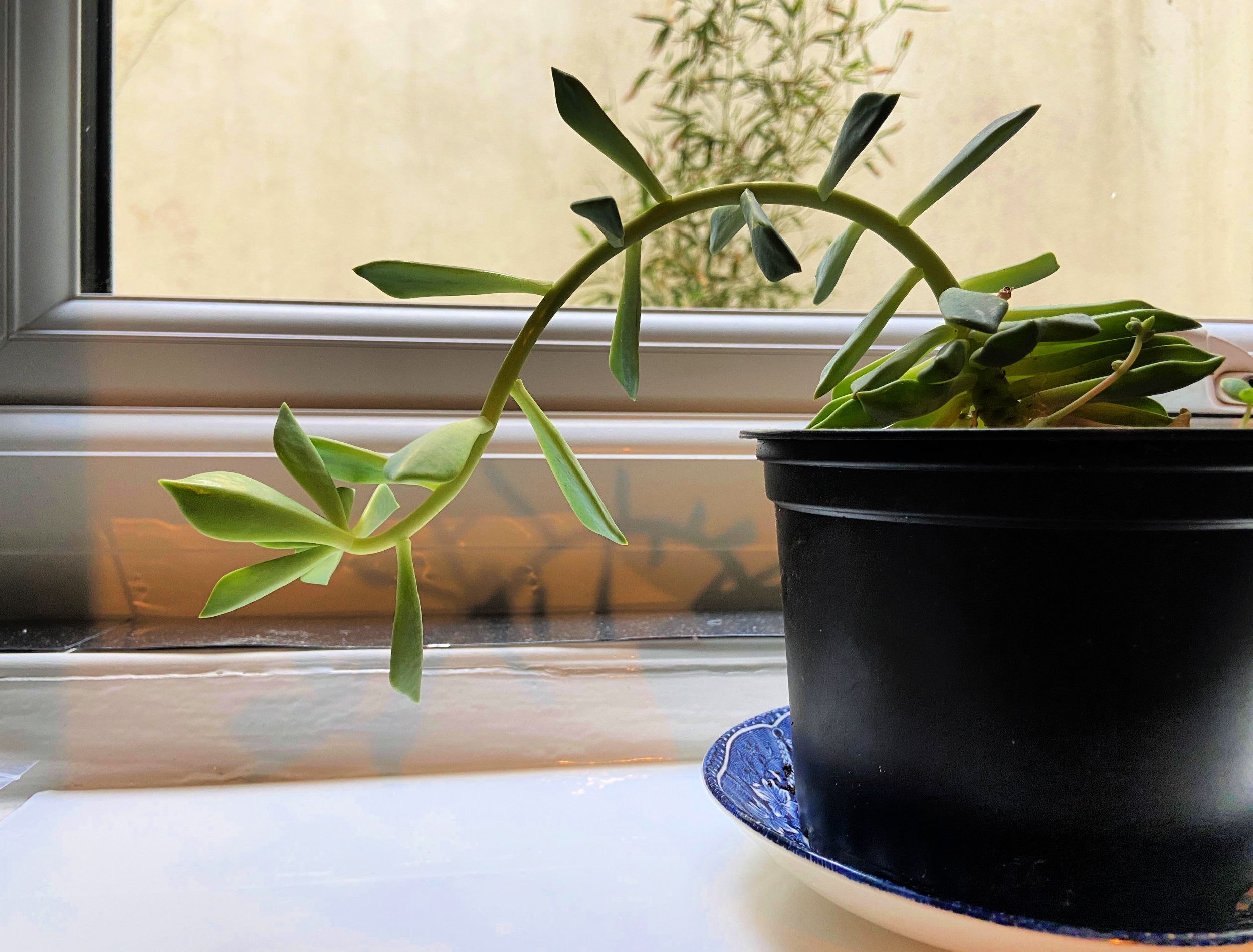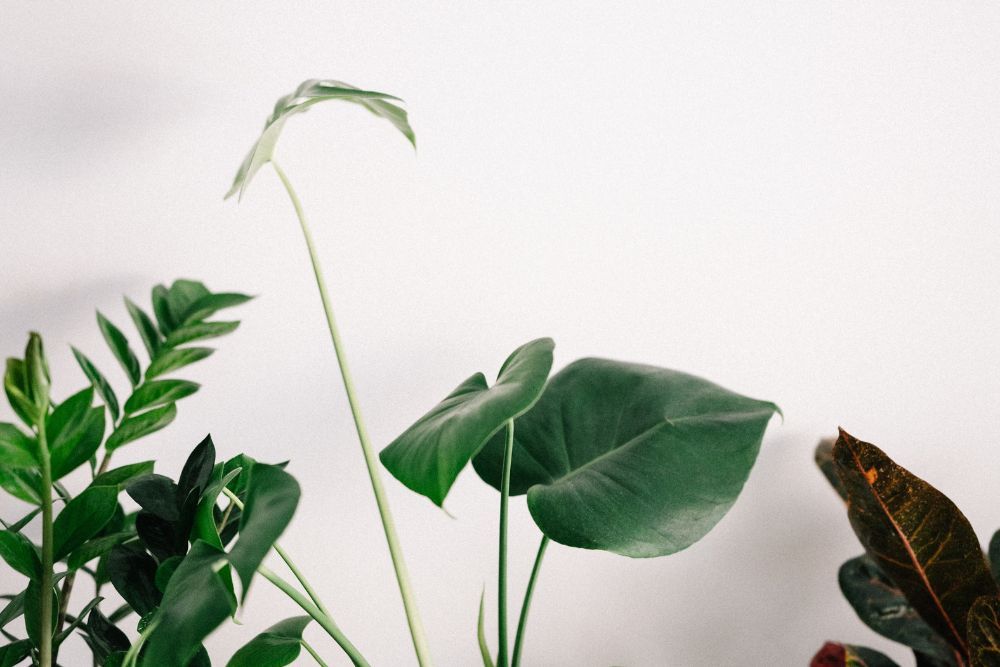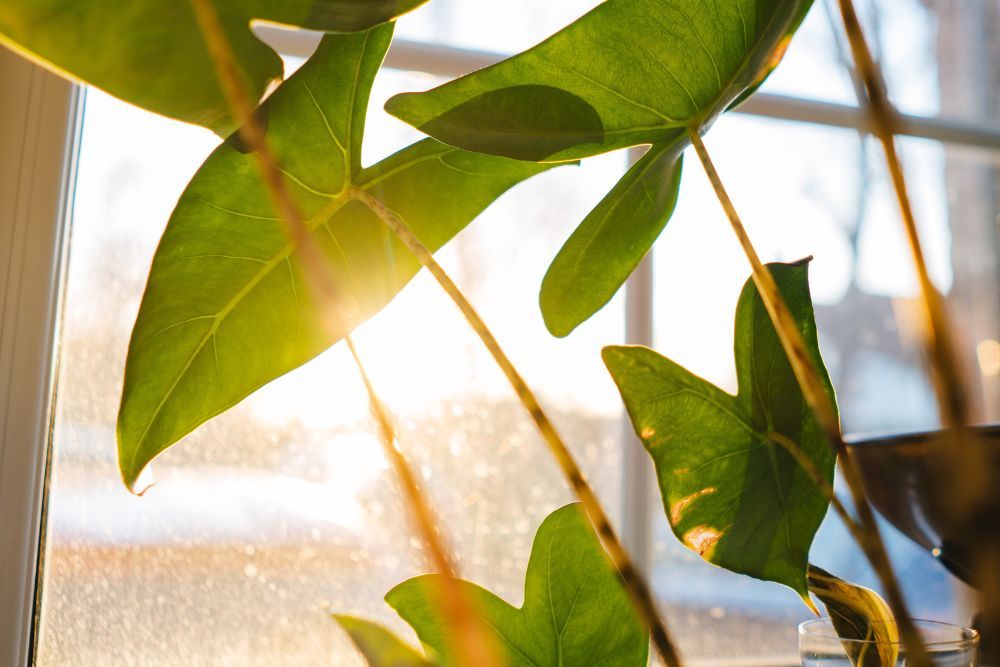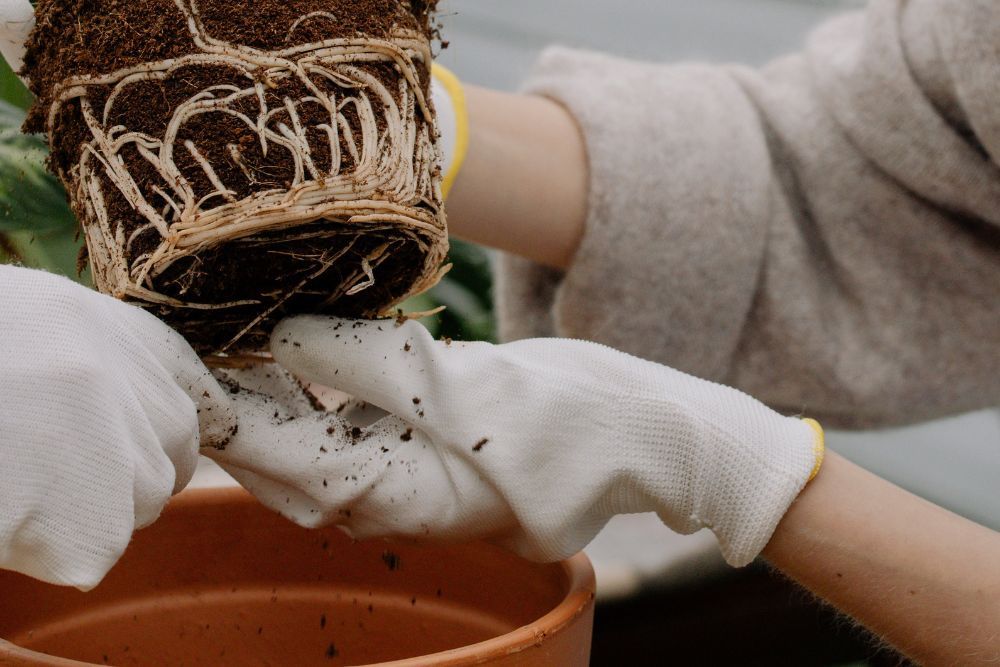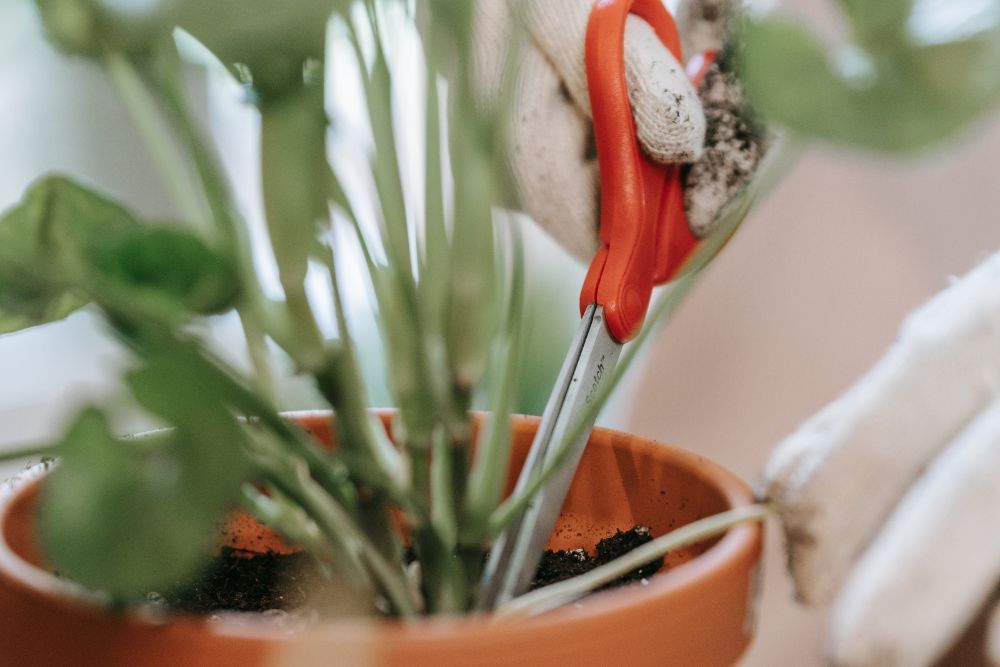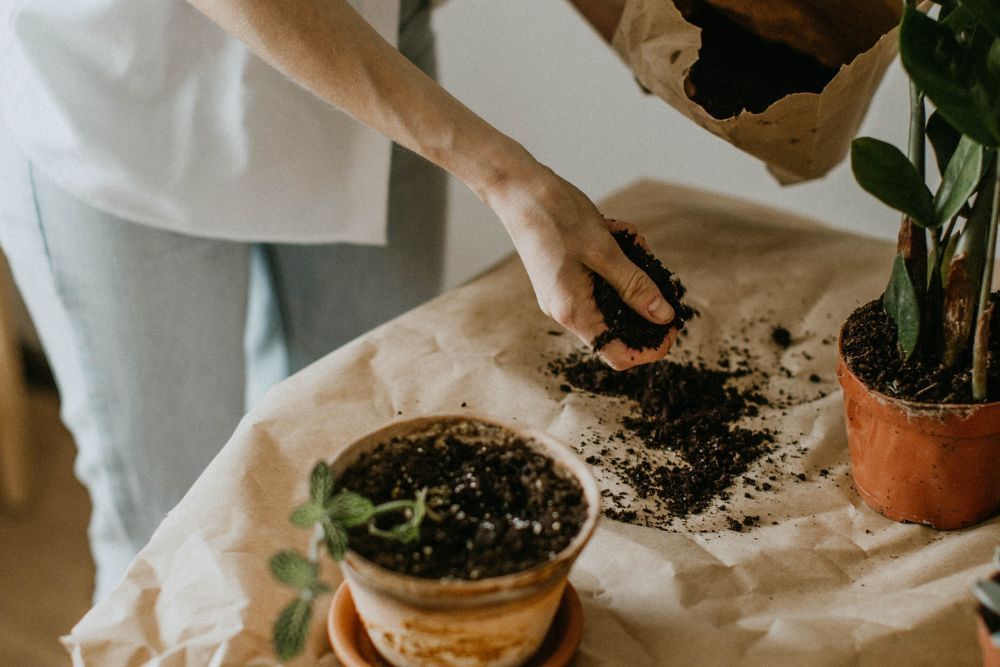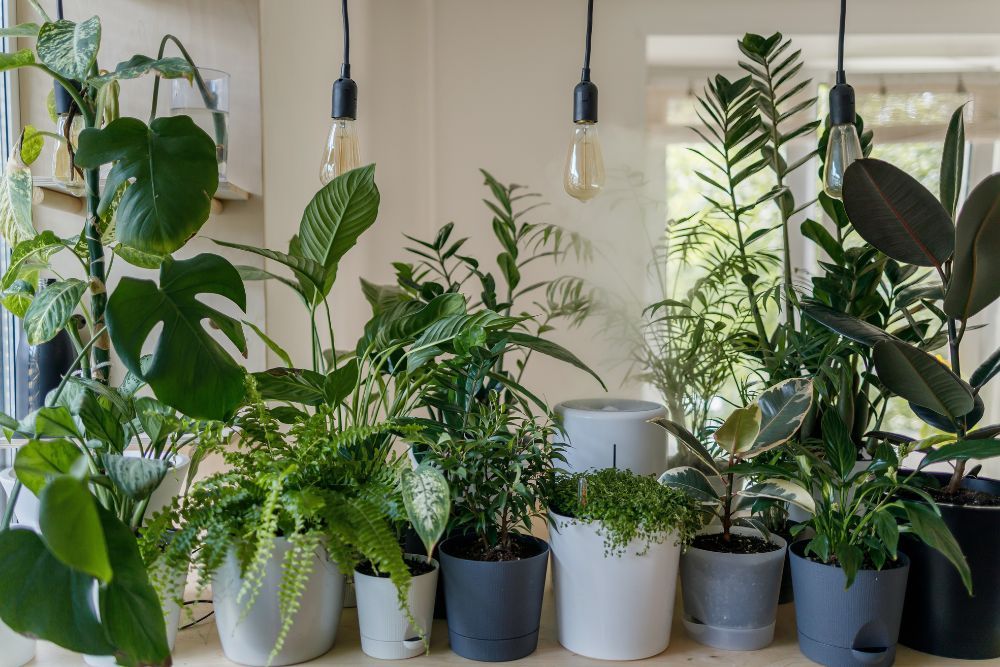Uh-oh! Suddenly your houseplant has stems leaning every which way. You notice your plant barely has any leaves. And worst of all, it is hampering the fluid aesthetic of your space! Why have your houseplants become leggy?
It is not uncommon for houseplants to suddenly take on an unkempt look and become leggy. This means that rather than growing uniformly, your plants stretch out and become scraggly and awkward.
Why does this happen? Is there anything you can do to fix the problem? How do you prevent it from happening in the future?
No need to panic! If you have leggy houseplants, here's how to fix them!
Why Houseplants Get Leggy
Image credits: Annie Spratt via Unsplash
Why do houseplants get leggy? Leggy plants are lacking.
The most likely reason your plants are leggy is that they're not receiving enough light. Even a room with indirect sunlight may not be enough. Other than becoming leggy, another way to tell if poor lighting is the issue is to look at the leaves. Are they yellowing, drying up, or falling off of the plant? If so, your gangling plant likely needs more light!
Another possible reason for a leggy and unkempt-looking plant is due to the size of its pot. Give your plant a flip and take a look at the roots. Are your plant's roots covering the outside of its soil? If so, your houseplant does not have enough space to grow, nor is it getting enough nutrients from the soil.
Fix With More Sunlight
Image credits: Phil Hearing via Unsplash
If you suspect inadequate sunlight is the issue, fix your leggy houseplant by relocating it to a sunnier room immediately, so your plant grows in a bushy manner rather than spreading out. Don’t have a place in your home with more sun? Try a grow light to give your plant what it needs to thrive!
Psst! Wondering if you have your other plants in the wrong spot too? Take a look at these five houseplants that you might be putting in the wrong spot!
Fix by Repotting
Image credits: cottonbro via Pexels
Repotting your houseplant is another solution for a leggy plant. If your plant is rootbound and is more roots than soil, it is essential you repot it! Doing so will give you an opportunity to trim off any dead leaves, roots, or stems.
Repotting also allows you to replenish the pot with fresh, nutrient-rich soil. Ensure that you always use an indoor potting mix! Garden soil is not made with indoor plants in mind.
Pro Tip: Not able to upsize your houseplant to a larger potted home? Trim the roots back by pruning them so they continue to grow in their given pot!
Fix by Trimming
Image credits: Sasha Kim via Pexels
The final way to fix a leggy houseplant is to trim those shoots and awkward stems. Keep in mind that trimming is only a temporary solution. The best way to fix a leggy plant is to get down to the actual problem (lighting or pot size).
Trim your houseplant before its primary growing phase (usually in early spring). When trimming, use clean scissors or gardening shears to make clean cuts of your stems. Are the stems or leaves that you trimmed in good condition? Propagate them into new plants!
How to Prevent Future Leggy Plants
Image credits: Valeria Ushakova via Pexels
Prevent your plants from becoming leggy again and encourage them into a more static growth by regularly repotting them. Repotting your plant often is a great way to prevent scraggly growth and check the root system.
As you remove the plant from the pot, you'll notice if it has become rootbound and needs a larger pot. Upgrade, if possible, or cut back the roots. If the roots are fine, repotting is simply a chance to shake out dry dirt and offer fresh soil!
Fertilizing is another way to prevent leggy plants. Fertilizing houseplants with an indoor plant fertilizer offers additional nutrients to support growth. It is best to fertilize your houseplant in its active growth phase, which takes place during the warmest months.
However, depending on how old your plant is, it may require less fertilizing. When unsure of how much to fertilize, less is always more. Using less of a diluted fertilizer is better than giving too much, as an over-fertilized houseplant leads to other issues.
Common Houseplants That Get Leggy
Image credits: vadim kaipov via Unsplash
Plants that can commonly become afflicted with "leggy" growth include (but are not limited to):
- Spider plants
- Prayer plants
- Jade plants
- Moth orchids
- Philodendron plants
- Peperomia Hope plants
Time to Break a "Leg!"
No plant parent likes to see their plant babies get leggy. But when they do spread out and become scraggly, there are solutions!
Plants get leggy when they do not receive enough sunlight or are rootbound. Fixing a leggy plant is easy! All you need to do is place it in a new room with more sunlight or repot it. To get rid of the gangling stems, trim them back and encourage a new path of aesthetically appealing growth!
Now break a leg and help those leggy plants get what they need!

